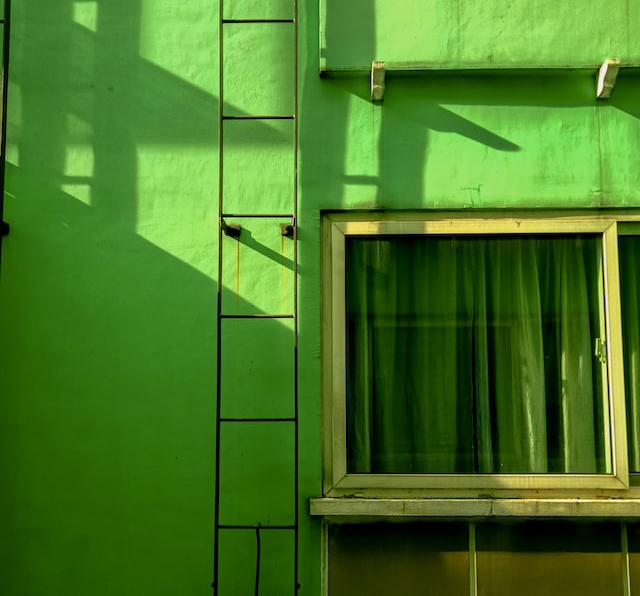With all the talk about green houses lately, I thought it might be helpful to clarify what a green house really is. The color green has come to be associated with environmentally friendly construction and with energy efficiency.
The most reliable way to know if a home is green is to see its certification from a reliable organization. While each certification is different, some of the factors include resource efficiency (making use of natural light and reducing energy use), indoor air quality, a home’s carbon footprint (how much carbon dioxide and other greenhouse gases are emitted from the home), materials used to build the house, water efficiency and appliances, ranging from refrigerators to air-conditioning units.
There are a number of green certifications out there, but there are three that I would mention here that have a good reputation for a strong checklist of requirements.
- Built Green: Developed by the Master Builders Association of King and Snohomish Counties, this program is a partnership with King and Snohomish counties and the city of Seattle. Through the nonprofit Built Green, builders can certify their homes based on features of their project, with five stars indicating the highest level of greenness achieved.
- LEED: Perhaps the most widely known program nationwide, LEED (Leadership in Energy and Environmental Design) is offered through the U.S. Green Building Council. Similar to Built Green, it offers different levels of green certification, which are based on features in a development. Each project is certified by an independent third party, usually a local contractor of LEED, providing an unbiased review of the home. The program, developed in 2000, focuses on commercial development. The Green Building Council only recently launched a pilot home-certification program. That program is scheduled to make its formal launch this fall.
- Energy Star: Known largely for certifying products rather than structures, this program uses guidelines for energy efficiency set by the U.S. Environmental Protection Agency and the U.S. Department of Energy. Homes have to be at least 15 percent more energy efficient than the 2004 national residential code to receive the program’s signature blue star of approval. You may recognize the name Energy Star, because it is on many appliances.
Last Updated on November 23, 2007 by Chuck Marunde




























do you know of any “Green certified homes in port angeles, washington?
do you know of any programs to entice homeowners to make their homes “Green”, energy efficient?
Donnaluci, no I don’t. Green homes have not really been a “thing” in the rural areas of the Olympic Peninsula for the vast majority of us. Don’t get me wrong, I’m as green as they come. Grew up in wild Alaska in an area so remote, we had no electricity, plumbing, or running water, and we had no T.V. and no radio either. We lived off the land, fished and hunted and cut our wood for the wood stove to get through the long winters. I loved the land before the environmentalists came up with a name for themselves.